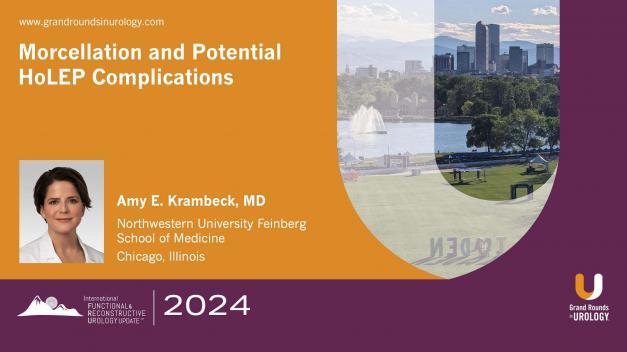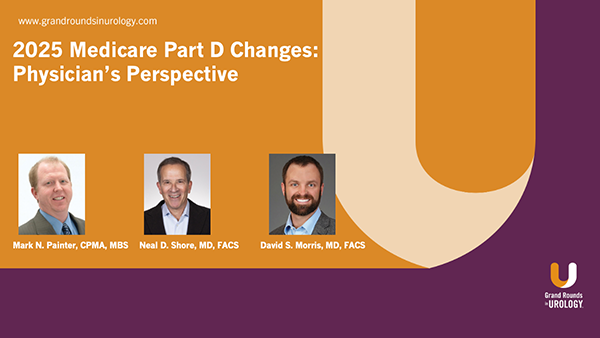Management of Peyronie’s Disease
Ayman Soubra, MD, addresses the treatment of Peyronie’s disease. In this 24-minute presentation, he begins by reviewing the condition, its pathophysiology, and its prevalence. Dr. Soubra also discusses the evaluation of Peyronie’s disease, including a thorough medical history, examination for familial traits (such as Dupuytren’s contractures), and physical examination.
Several treatment options exist, from noninvasive oral and topical therapies to mechanical therapies like vacuum and traction devices. Dr. Soubra discusses intralesional collagenase injections at length. This therapy is FDA-approved based on clinical trials and significantly improves penile curvature. For severe cases, surgical options such as tunical plication or grafting may be necessary, especially for patients with significant deformities or erectile dysfunction. Soubra shares indications and techniques for this procedure in detail.
Dr. Soubra recommends multimodal approaches tailored to the patient’s specific goals and severity of symptoms.
Read More




